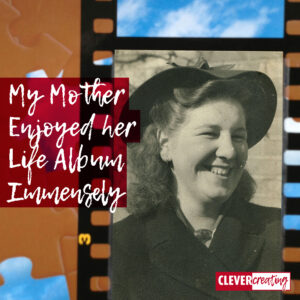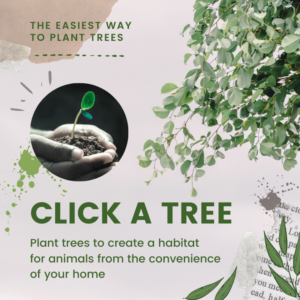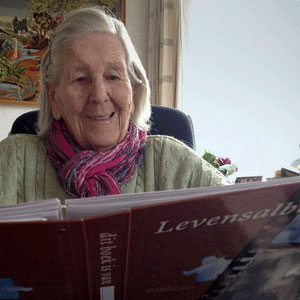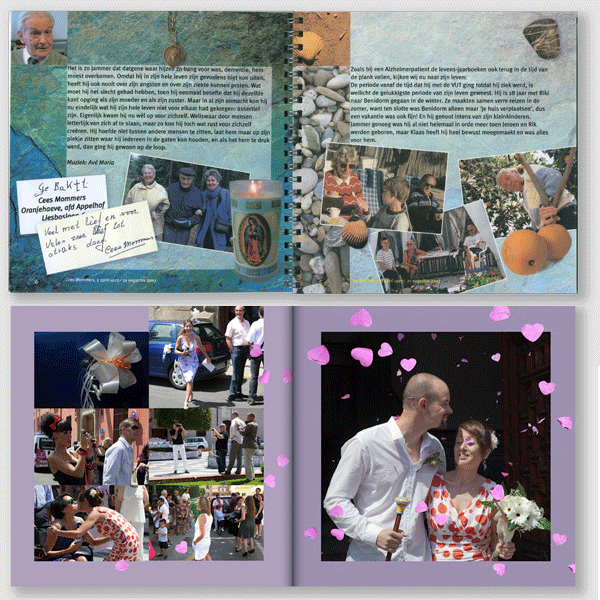
My mother was on a closed ward in a nursing home. She suffered from Vascular Dementia. In 2011 the Home asked me to make her a Life Album, a biography of my mother’s life with pictures and text.
I had made several scrapbooks in the past so the idea appealed to me. And they made the task easy for me by giving me a printed binder, so it was basically a ‘fill in the blanks’ exercise.
I took good care of my mum from the time my father died. But there is one thing I deeply regret: that I didn’t make her a Life Album when she was still okay. I could have asked her for so many more details.
Some of the links are affiliate links. As an affiliate associate, I earn a small commission when you purchase any of the products offered through the shared links at no extra cost to you. This helps me to maintain this website and I thank you for supporting me.
Table of Contents
- 1 What is a Life Album?
- 2 Scrapbooking
- 3 A person with dementia can’t handle too many stimuli
- 4 Where to start if you want to make one yourself
- 4.1 Choose the binder
- 4.2 Choose paper that is right for pictures, printing and writing
- 4.3 Choose photos from different periods of your parent’s life
- 4.4 Do you order chronologically or by event?
- 4.5 Look up special dates and events in the archives
- 4.6 Garnish the facts with feelings
- 4.7 Complement the Life Album during your visits
- 5 Making a Life Album
What is a Life Album?
A Life Album is a biography or a scrapbook made especially for people with dementia. The album is filled with important life events and photos and is a great help for visitors to communicate with the person involved.
Scrapbooking
All my life I paint and make things. Scrapbooking is one of those activities. It’s creative, fun to do and there is always a great result to keep looking at.
For my mum, I made a scrapbook about my father after he passed away. And one of my son’s marriage because she couldn’t be there with us. We occasionally looked at those when I visited her.
Yet I noticed that she lost interest quickly. Her Life Album on the other hand was a real hit. Every time I was with her, we browsed through the book and she would remember something from the past.
She would tell me about it and was happy for a little while. It was so good to hear her laugh, that I didn’t mind that these stories were told over and over again. I really hope you don’t have a parent with dementia or have it yourself, but if you do I absolutely recommend you make a Life Album.
A person with dementia can’t handle too many stimuli

I am fond of the scrapbook I made about my father’s life. It has all these neat backgrounds and memorabilia, all kinds of pictures and notes and poems. Each set of pages has a different background and a different colour. It was great to make the book, it is still great to read it.
For me, that is. Not for my mother in later life. She couldn’t comprehend what she saw. She didn’t understand pictures that are partly on top of each other. She had no clue what to make of a stone on a page that is just meant as a decoration.
That makes filling a Life Album a challenging job. You might even think it is boring because it’s rather straightforward. All the more reason to give a lot of attention to the content.
Because I could not resist going wild occasionally, I decorated the tab sheets. Hey, I can have some fun too, can’t I. 🙂
I filled the ready to go album the Home gave me, but it’s easy and more fun to make one yourself. The next album I make will be my own by the way, although I am postponing it. For some reason, it’s too confronting at the moment to start it right now.
Where to start if you want to make one yourself
Choose the binder

Choose a simple design. It can be plain colour or a simple pattern. It’s nice if you can add text or a photo to the binder. And – something I tend to forget – leave your own taste at home and try to imagine what colour your father or mother likes best. You can even make a customized one on a website like Zazzle.
Choose paper that is right for pictures, printing and writing
Pictures demand another kind of paper than printed text or handwriting. Paper that is smooth and prepared specifically for inkjet printing will do fine. The usual print paper is 80 gr. For this kind of work, I prefer 100 or 120 gr.
Choose photos from different periods of your parent’s life

A Life Album is not the same as a photo album. A Life Album is meant as a tool for people in the final stages of Dementia. So besides photos, it is illustrated with facts and feelings. Which is the best part: collecting old pictures.
My family is scattered around the globe, but the Internet and e-mail ease the connection. In this way, I gathered pictures I had never seen before in my life and it was good to have contact with my relatives again.
My mother is born in 1920 and the economic crisis of the thirties hit my family very hard. That’s why there are not many pictures of her early years. The few that I was able to collect, with her brothers and sister and her parents on them, are worth gold!
Do you order chronologically or by event?
I chose a chronological order because I have noticed that during their illness both my father and my mother gradually went back in time. Although their processes were quite different, with my father having Alzheimer’s and my mother having vascular dementia.
You can think off:
- Family background
- Early childhood
- School and education
- Falling in love
- First job(s)
- Marriage(s)
- Children and grandchildren
- Friends
- Career
- Holidays and travels
- Houses and addresses where they lived
- Retirement
- Hobbies
- Health
- Being alone again
- Present day
Look up special dates and events in the archives

Once you have selected the chapters the easy part is writing down all the facts. If your mother or father don’t know those anymore, this information can be looked up in the archives.
Try not to narrow it down to only the facts of your parent’s life, but broaden it to the events and the culture of their period. Such as the music of the era, or important social and historical events, or even radio or television shows.
Garnish the facts with feelings
For me, this was the hardest part of all. Both my parents have always suppressed the exhibition of their feelings and refused to talk about the difficult issues of their lives.
In her final years, my mother finally told me about her youth. Which was great for me, but because of her illness I could never be certain that it was true or accurate.
Complement the Life Album during your visits

It depends on your loved one whether you will be able to add stuff after you have finished the book. If it had been for my father I could never have added anything, because he wasn’t very talkative, to begin with, and didn’t say a word anymore during the final years of his life.
My mother on the other hand kept on chattering away whenever we were looking in the album. Each time I heard a new story or a new fact I added it to the book. I really like the lively aspect this gave to the pages.
Whenever I started a sentence with “Do you know what grandpa did….” or something similar, my mother’s eyes began to shine and she started talking. I made sure though I only started a story that she told me before. I didn’t want her to get upset by having to say “No, I don’t know”.
Making a Life Album
It’s such fun to make an album for a loved one. While writing about it I can’t imagine why I keep postponing making one for myself but I’ll start soon. I promise. 🙂
Would you make a Life Album for yourself or a loved one? Please share it in the comment box below.




It’s wonderful that you made the album then. Don’t regret not making it earlier. Better late than never.
I’m certain your mother was so happy when you two are going through this album. It might be like seeing it for the first time for her. Maybe every time she saw it.
My grandmother had Alzheimer (so not the same thing but still) and she used to ask me something. Then in 15 minutes she would ask me the exact same thing without knowing I’d already answered. Like you, I didn’t mind it and replied to all her questions, no matter how many times she’d ask. I cherished all the moments I had with her. I didn’t make such an album (which would have been nice) and I’m happy you did.
You’re right, Laura, it really was great to leaf through the album every time she wanted to. The album is one of those things I didn’t want to leave behind when we left the Netherlands and emigrated to Spain. I got it back from the home after my mother passed away in 2013.
It’s so great you lit the last days of your grandmother up. Alzheimer’s is just as bad as vascular dementia and if people have loved ones around them, it’s wonderful for them. They might not recognize the person but I am convinced they recognize the feelings of warmth and love.
Thanks for your comment and take care.